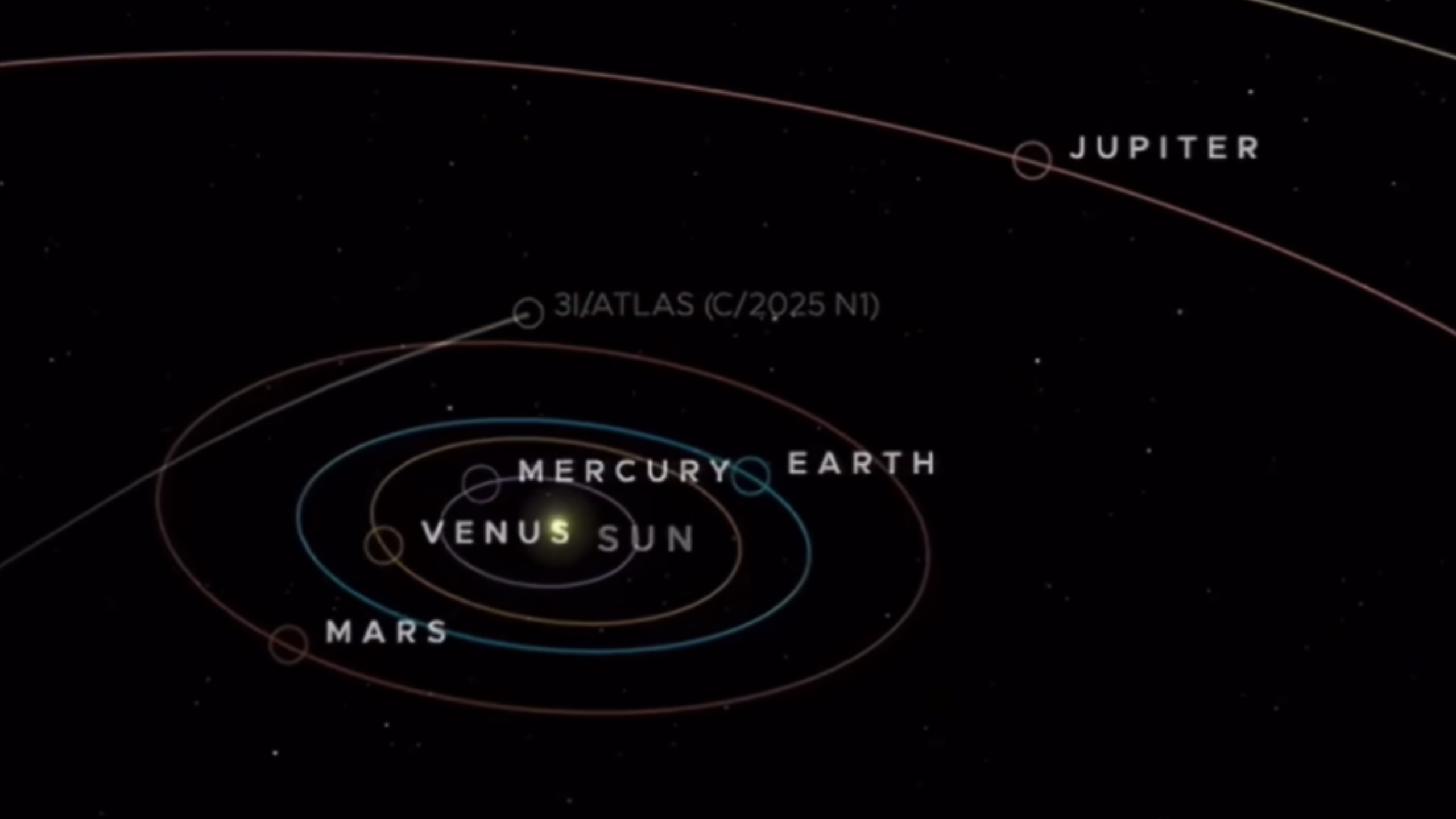This July, astronomers were left reeling by an event unlike anything seen before: a gamma-ray burst (GRB) that repeated four times in a day, instead of lasting a few minutes as is usually the case. The JWST has examined the source of this event and a paper undergoing peer-review claims the total energy released probably exceeded anything previously witnessed, including events that were brighter but much briefer. The work only helps a little in trying to get to the bottom of what could cause such a prodigious event.
The universe keeps raising the bar on us in terms of how energetic events can be. We have only understood the power of GRBs since the 1990s, but recently we have discovered there are specific examples of this phenomenon that involve almost unimaginably more energy than the ordinary ones.
One such example, GRB 221009A, has been dubbed the BOAT (Brightest Of All Time) for being so far off the range predicted by other GRBs that we should only see something like it every thousand years. GRB 250702B proved there is more than one way for such events to be extraordinary, in the form of rapidly repeating explosions.
Some GRB-like events, known as soft gamma repeaters, come from within our galaxy and are suspected to be produced by magnetars. Others are extragalactic. The two can look similar at first, but the vastly greater distances to those in other galaxies mean the energy released must have been millions or billions of times greater, implying a different cause.
Consequently, when GRB 250702B was detected the most urgent question was its distance, which would indicate how much energy had been emitted. The Very Large Telescope and Hubble provided evidence it was from beyond the Milky Way, although the suspected source galaxy identification was tentative.
The JWST, however, has detected hydrogen emission lines in the afterglow, and these are red-shifted enough to confirm that the explosion took place billions of light-years away. Using that distance, a team of astronomers across 23 departments and institutions concluded the event released at least 2 x 1054 ergs in the course of the later three bursts. For comparison, the Sun emits about 1,041 ergs a year, so at its current rate it would take about 20 trillion years to release that much energy.
Supernovae are sometimes measured in “foes”, where a foe is 1,051 ergs because that is the energy released by a run-of-the-mill supernova, if there is such a thing (the name “foe” comes from [ten to the power of] Fifty-One Ergs). This is 2,000 times greater, and in a day, rather than the months over which supernovae emit most of their energy.
The BOAT emitted a little more than this, but we know there was at least one burst prior to those fully detected, from which we only have the afterglow. If the energy from all of the events were summed, with the first included, it’s likely the BOAT would have met its cumulative energy match. Naturally, however, having lasted just 10 minutes, the BOAT’s name remains accurate.
It is thought most GRBs that last for more than 2 seconds come from the collapse of stars, just as Type II supernovae do, and in about 60 cases these have been witnessed together. However, astronomers are dubious that any star could be large enough to release this much energy from a collapse. An alternative hypothesis has been floated that GRB 250702B involved a black hole consuming a white dwarf. The authors note some arguments against this, but in the absence of a better explanation it remains under consideration.
The JWST also looked for signs of a fading supernova, and the team say its failure to find any means that if a supernova did occur it was not an exceptionally bright one. The limitations on observations “only [allow] us to rule out the top ∼ 40 percent most powerful GRB-[supernova] cases,” the authors write, so an ordinary supernova could have occurred. However, it might be even more puzzling why a typical supernova would coincide with such an unusual event than if there had been nothing released at visible wavelengths at all.
The JWST’s examination of the source galaxy revealed one that is the most luminous and spread-out galaxy known to have hosted a GRB, but the explosions did not come from an area where the stars are most concentrated. The galaxy is also unusually dusty, but whether any of this contributed to it hosting such an exceptional event remains unanswered.
The paper has been submitted to The Astrophysical Journal Letters and a preprint is available via arXiv.
[H/T: Phys.org]Source link

